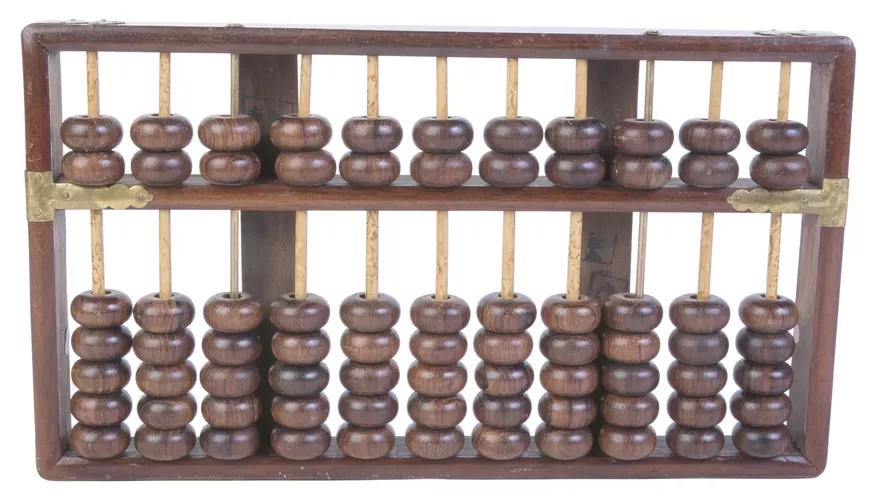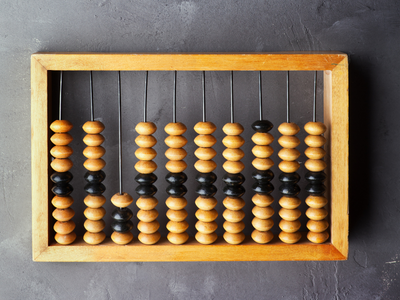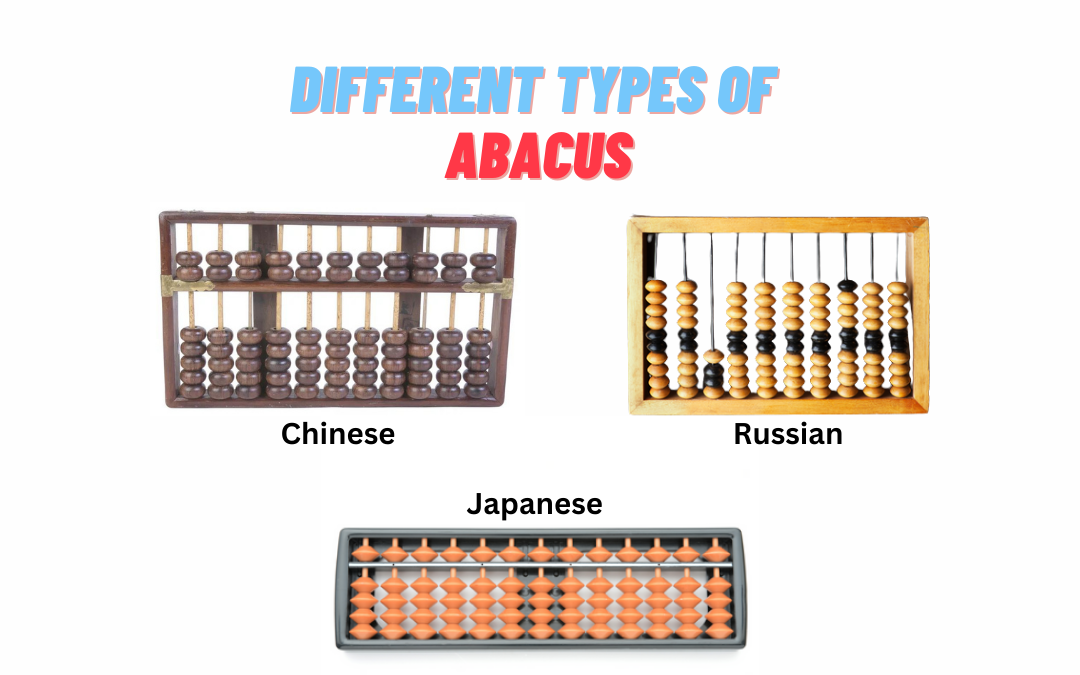The abacus is an ancient counting tool that has been used for centuries in different parts of the world. It is a simple tool that helps perform complex mathematical calculations with remarkable speed and accuracy. Over time, different types of abacus have been developed in different parts of the world, and in this blog, we will explore the various types of abacus and their features.
Chinese Abacus

The Chinese abacus is one of the most widely used types of the abacus. It is also known as the suanpan, and it has a rectangular wooden frame with several parallel rods. Each rod contains a series of beads that can be moved up and down to perform calculations. The Chinese abacus has two beads on the top row and five on the bottom row, making it a 2/5 abacus.
Japanese Abacus

The Japanese abacus is called the soroban, and it has a similar structure to the Chinese abacus. However, it has one bead on the top row and four on the bottom row, making it a 1/4 abacus. Soroban is still widely used in Japan, particularly in schools, and it is also used in other parts of the world.
Russian Abacus

The Russian abacus is known as the schoty, and it has a different design from the Chinese and Japanese abacuses. It has a rectangular frame with ten vertical rods, each containing ten beads. The schoty is a 10/10 abacus and is used for performing calculations in base ten.
While modern technology has replaced the abacus in multiple ways, it remains an important tool for teaching children arithmetic skills and is still used by professionals in various fields.



Recent Comments